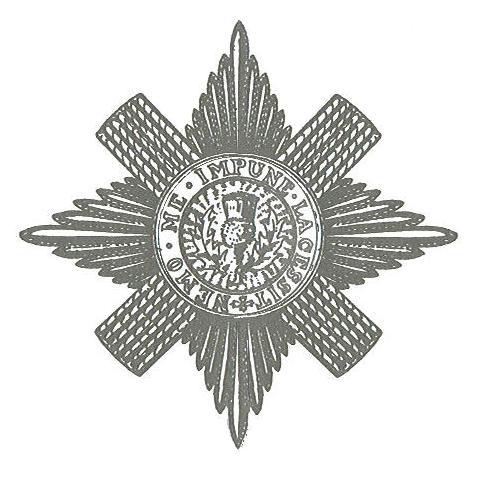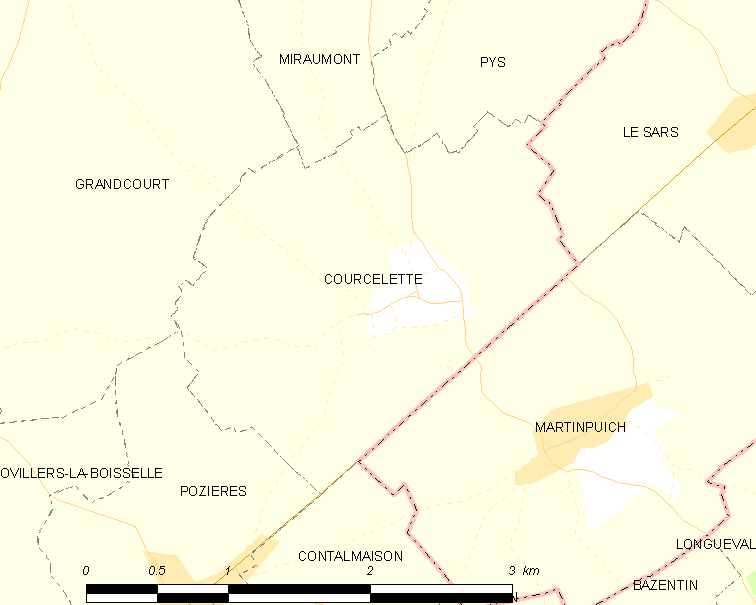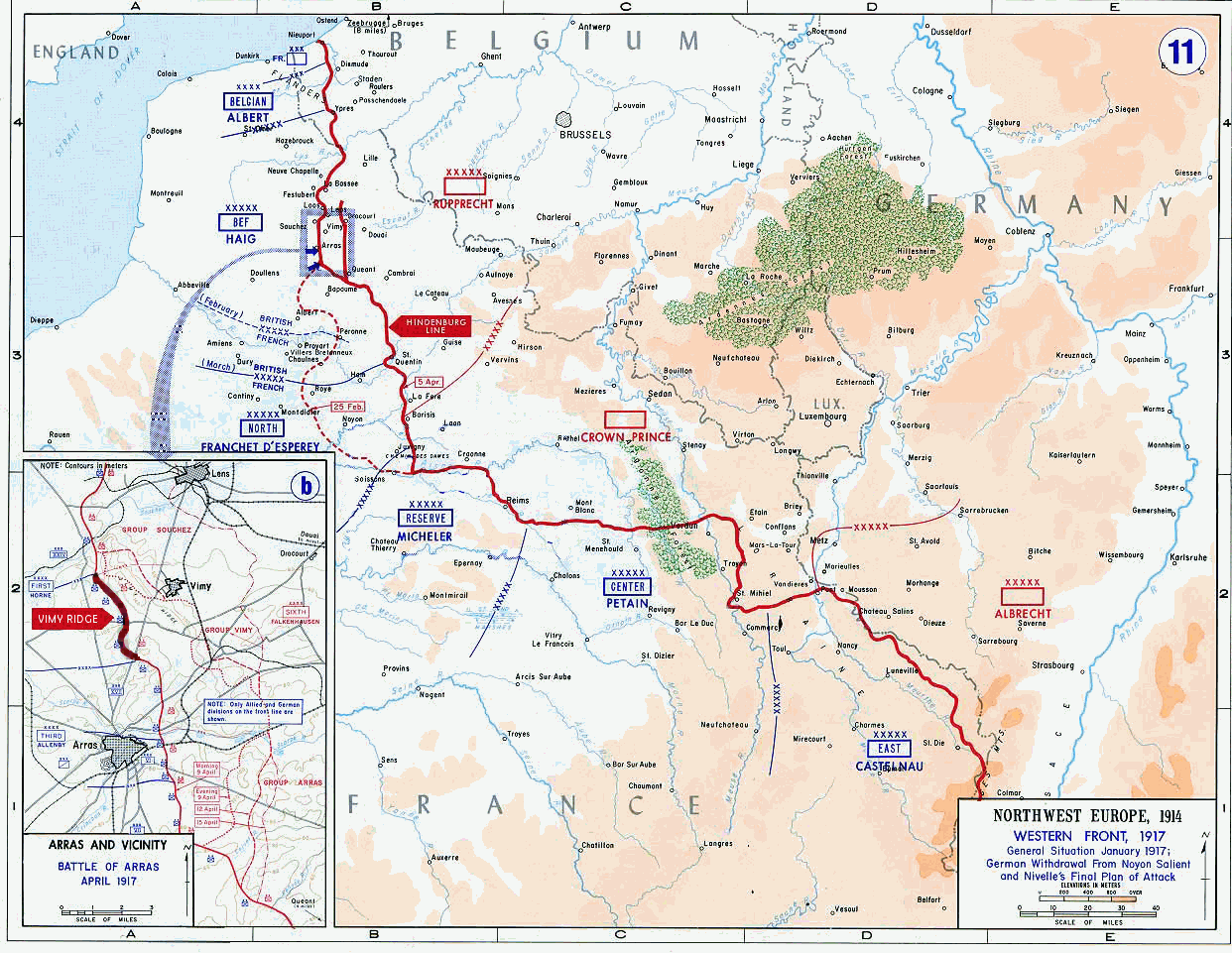|
73rd Battalion (Royal Highlanders Of Canada), CEF
The 73rd Battalion (Royal Highlanders of Canada), CEF was an infantry battalion of the Canadian Expeditionary Force during the Great War. The 73rd Battalion (Royal Highlanders of Canada) organized in June 1915, initially commanded by Lieutenant-Colonel Peers Davidson, was placed on 'Active Service' as an 'Overseas Battalion, on 10 July 1915, as authorized in Militia General Orders. History Early days The 73rd Battalion was mobilized in Montreal, with recruiting beginning on 3 September 1915, in Montreal and in parts of Eastern Ontario and Quebec. After initial training in Valcartier and wintering in Montreal, it was deemed ready for overseas in spring 1916. The Battalion embarked at Halifax, NS on 31 March 1916, aboard RMS ADRIATIC, disembarking in Liverpool on 9 April 1916, with a strength of 36 officers and 1033 other ranks. Facing initially an uncertain future, on 5 May 1916, it was advised of assignment to 12th Canadian Infantry Brigade. After extended training in England ... [...More Info...] [...Related Items...] OR: [Wikipedia] [Google] [Baidu] |
Canadian Expeditionary Force
The Canadian Expeditionary Force (CEF) was the expeditionary field force of Canada during the First World War. It was formed following Britain’s declaration of war on Germany on 15 August 1914, with an initial strength of one infantry division. The division subsequently fought at Ypres on the Western Front, with a newly raised second division reinforcing the committed units to form the Canadian Corps. The CEF and corps was eventually expanded to four infantry divisions, which were all committed to the fighting in France and Belgium along the Western Front. A fifth division was partially raised in 1917, but was broken up in 1918 and used as reinforcements following heavy casualties. Personnel Recruitment The Canadian Expeditionary Force was mostly volunteers; a bill allowing conscription was passed in August, 1917, but not enforced until call-ups began in January 1918 (''see'' Conscription Crisis of 1917). In all, 24,132 conscripts had been sent to France to take part ... [...More Info...] [...Related Items...] OR: [Wikipedia] [Google] [Baidu] |
Nemo Me Impune Lacessit
''Nemo me impune lacessit'' (''No one provokes me with impunity'') () was the Latin motto of the Royal Stuart dynasty of Scotland from at least the reign of James VI when it appeared on the reverse side of merk coins minted in 1578 and 1580. It is the adopted motto of the Order of the Thistle and of three Scottish regiments of the British Army. The motto also appears, in conjunction with the collar of the Order of the Thistle, in later versions of the royal coat of arms of the Kingdom of Scotland and subsequently in the version of the royal coat of arms of the United Kingdom used in Scotland. It has been loosely rendered in Scots as ''Wha daur meddle wi' me?'' (in Scottish Gaelic , ). It is also alternatively translated into English as ''No one can harm me unpunished''. Possible origin of the motto According to legend, the "guardian thistle" (see Scotch thistle) played a vital part in Alexander III, King of Scots' defence of the Kingdom of Scotland against a night-time ra ... [...More Info...] [...Related Items...] OR: [Wikipedia] [Google] [Baidu] |
Highland Laddie
"Highland Laddie", also known as "Hielan' Laddie", is the name of a Scottish popular folk tune "If Thou'lt Play Me Fair Play", but as with many old melodies various sets of words can be sung to it, of which Robert Burns's poem "Highland Laddie" is probably the best known. "If Thou'lt Play Me Fair Play" has been reworked several times since Burns set down his words, Donkey Riding being one variant. Highland Regiments raised in the 18th and early 19th centuries employed many unique symbols to differentiate themselves from other regiments and enlisted distinctive music to announce their arrival, but as a result of the Cardwell Reforms of 1881, all British Army Highland Regiments were required to use "Highland Laddie" as their regimental march. Over time, many of these regiments had managed to return to their pre-Cardwell marches when, in March 2006, the establishment of the Royal Regiment of Scotland saw the disappearance of all Scotland's historic infantry regiments and their disti ... [...More Info...] [...Related Items...] OR: [Wikipedia] [Google] [Baidu] |
Infantry
Infantry is a military specialization which engages in ground combat on foot. Infantry generally consists of light infantry, mountain infantry, motorized infantry & mechanized infantry, airborne infantry, air assault infantry, and marine infantry. Although disused in modern times, heavy infantry also commonly made up the bulk of many historic armies. Infantry, cavalry, and artillery have traditionally made up the core of the combat arms professions of various armies, with the infantry almost always comprising the largest portion of these forces. Etymology and terminology In English, use of the term ''infantry'' began about the 1570s, describing soldiers who march and fight on foot. The word derives from Middle French ''infanterie'', from older Italian (also Spanish) ''infanteria'' (foot soldiers too inexperienced for cavalry), from Latin '' īnfāns'' (without speech, newborn, foolish), from which English also gets '' infant''. The individual-soldier term ''infantry ... [...More Info...] [...Related Items...] OR: [Wikipedia] [Google] [Baidu] |
Battalion
A battalion is a military unit, typically consisting of 300 to 1,200 soldiers commanded by a lieutenant colonel, and subdivided into a number of companies (usually each commanded by a major or a captain). In some countries, battalions are exclusively infantry, while in others battalions are unit-level organizations. The word battalion came into the English language in the 16th century from the French language ( French: ''bataillon'' meaning "battle squadron"; Italian: ''battaglione'' meaning the same thing; derived from the Vulgar Latin word ''battalia'' meaning "battle" and from the Latin word ''bauttere'' meaning "to beat" or "to strike"). The first use of the word in English was in the 1580s. Description A battalion comprises two or more primary mission companies which are often of a common type (e.g., infantry, tank, or maintenance), although there are exceptions such as combined arms battalions in the U.S. Army. In addition to the primary mission companies, a battal ... [...More Info...] [...Related Items...] OR: [Wikipedia] [Google] [Baidu] |
World War I
World War I (28 July 1914 11 November 1918), often abbreviated as WWI, was one of the deadliest global conflicts in history. Belligerents included much of Europe, the Russian Empire, the United States, and the Ottoman Empire, with fighting occurring throughout Europe, the Middle East, Africa, the Pacific, and parts of Asia. An estimated 9 million soldiers were killed in combat, plus another 23 million wounded, while 5 million civilians died as a result of military action, hunger, and disease. Millions more died in genocides within the Ottoman Empire and in the 1918 influenza pandemic, which was exacerbated by the movement of combatants during the war. Prior to 1914, the European great powers were divided between the Triple Entente (comprising France, Russia, and Britain) and the Triple Alliance (containing Germany, Austria-Hungary, and Italy). Tensions in the Balkans came to a head on 28 June 1914, following the assassination of Archduke Franz Ferdin ... [...More Info...] [...Related Items...] OR: [Wikipedia] [Google] [Baidu] |
Valcartier
Canadian Forces Base Valcartier (CFB Valcartier), now re-designated 2 Canadian Division Support Base Valcartier (2 CDSB Valcartier), is a Canadian Forces base located in the municipality of Saint-Gabriel-de-Valcartier, north northwest of Quebec City, Quebec, Canada. The 2nd Canadian Division is stationed at the base, comprising the 5 Canadian Mechanized Brigade Group and the 2nd Canadian Division Support Group. Origins CFB Valcartier was originally erected as a military training camp in August 1914 as part of the mobilization of the Canadian Expeditionary Force at the onset of World War I. Inaugurated by Jean Chrétien, then Prime Minister of Canada, in 1995, a high bronze figure of a World War I soldier (1995) by André Gauthier at the entrance to CFB Valcartier commemorates the training of Canadian Army volunteers for the European battlefields in World War I. The site was also used as an internment camp for "enemy aliens", mainly eastern Europeans. The name Valcartie ... [...More Info...] [...Related Items...] OR: [Wikipedia] [Google] [Baidu] |
Kemmel
Heuvelland () is a municipality located in the Belgian province of West Flanders. The municipality comprises the villages of Dranouter, Kemmel, De Klijte, Loker, Nieuwkerke, Westouter, Wijtschate and Wulvergem. Heuvelland is a thinly populated rural municipality, located between the small urban centres of Ypres and Poperinge and the metropolitan area of Kortrijk-Lille along the E17. On 1 January 2006 Heuvelland had a total population of 8,217. The total area is 94.24 km2 which gives a population density of 87 inhabitants per km2. The name ''heuvelland'' is Dutch meaning "hill country", as the municipality is characterized by the different hills on its territory. Geography Landscape The municipality is located in an area known as the West-Flemish Hills. The highest hill in Heuvelland is the Kemmelberg (156 m); followed by the Vidaigneberg (136 m), the Rodeberg (129 m), the Scherpenberg (125 m) and a lower hill in Wijtschate (82 m). On the border with France is the Zwartebe ... [...More Info...] [...Related Items...] OR: [Wikipedia] [Google] [Baidu] |
Battle Of Ancre Heights
The Battle of the Ancre Heights (1 October – 11 November 1916), is the name given to the continuation of British attacks after the Battle of Thiepval Ridge from during the Battle of the Somme. The battle was conducted by the Reserve Army (renamed Fifth Army on 29 October) from Courcelette near the Albert–Bapaume road, west to Thiepval on Bazentin Ridge. British possession of the heights would deprive the German 1st Army of observation towards Albert to the south-west and give the British observation north over the Ancre valley to the German positions around Beaumont-Hamel, Serre and Beaucourt. The Reserve Army conducted large attacks on and from Many smaller attacks were made in the intervening periods, amid interruptions caused by frequent heavy rain, which turned the ground and roads into rivers of mud and grounded aircraft. German forces in footholds on the ridge, at the east end of (Regina Trench) and in the remaining parts of (Schwaben Redoubt) to the north and ... [...More Info...] [...Related Items...] OR: [Wikipedia] [Google] [Baidu] |
Battle Of Ancre
The Battle of the Ancre was fought by the British Fifth Army (Lieutenant-General Hubert Gough), against the German 1st Army (General Fritz von Below). The Reserve Army had been renamed the Fifth Army on 30 October. The battle was the last of the big British attacks of the Battle of the Somme. After the Battle of Flers–Courcelette (15–22 September) the Anglo-French armies tried to press their advantage with smaller attacks in quick succession, rather than pausing to regroup and give the Germans time to recover. Subsequent writers gave discrete dates for the Anglo-French battles but there were considerable overlaps and continuities of operations until the weather and supply difficulties in mid-November ended the battle until the new-year. The British attack was to fulfil complementary objectives. Political discontent in London would be muted by a big victory, as would doubts of British commitment by its allies and British loyalty to the Chantilly strategy of 1915 would b ... [...More Info...] [...Related Items...] OR: [Wikipedia] [Google] [Baidu] |
Givenchy-en-Gohelle
Givenchy-en-Gohelle (; pcd, Givinchy-in-Gohelle) is a commune in the Pas-de-Calais department in the Hauts-de-France region of France. It is located north of the Canadian National Vimy Memorial dedicated to the Battle of Vimy Ridge and the missing First World War Canadian soldiers with no known grave; the Memorial is also the site of two Canadian cemeteries. The village was destroyed during World War I but was rebuilt after the war. Geography Givenchy-en-Gohelle is a large farming village situated north of Arras, at the junction of the D51 and the D55 roads. Its neighboring communes are Souchez to the west, Angres to the northwest, Liévin to the north, Avion to the east and Vimy to the southeast. The ''Bois de Givenchy'' or Givenchy Forest, covers much of the commune on its northern side. To further the agricultural range of products, the commune of Givenchy-en-Gohelle have planted grapes (chardonnay and pinot gris). The first grape harvest took place in 2000. First World War ... [...More Info...] [...Related Items...] OR: [Wikipedia] [Google] [Baidu] |
Battle Of Vimy Ridge
The Battle of Vimy Ridge was part of the Battle of Arras, in the Pas-de-Calais department of France, during the First World War. The main combatants were the four divisions of the Canadian Corps in the First Army, against three divisions of the German 6th Army. The battle took place from 9 to 12 April 1917 at the beginning of the Battle of Arras, the first attack of the Nivelle Offensive, which was intended to attract German reserves from the French, before the French attempt at a decisive offensive on the Aisne and the Chemin des Dames ridge further south, several days later. The Canadian Corps were to capture the German-held high ground of Vimy Ridge, an escarpment on the northern flank of the Arras front. This would protect the First Army and the Third Army farther south from German enfilade fire. Supported by a creeping barrage, the Canadian Corps captured most of the ridge during the first day. The village of Thélus fell during the second day, as did the crest of th ... [...More Info...] [...Related Items...] OR: [Wikipedia] [Google] [Baidu] |






